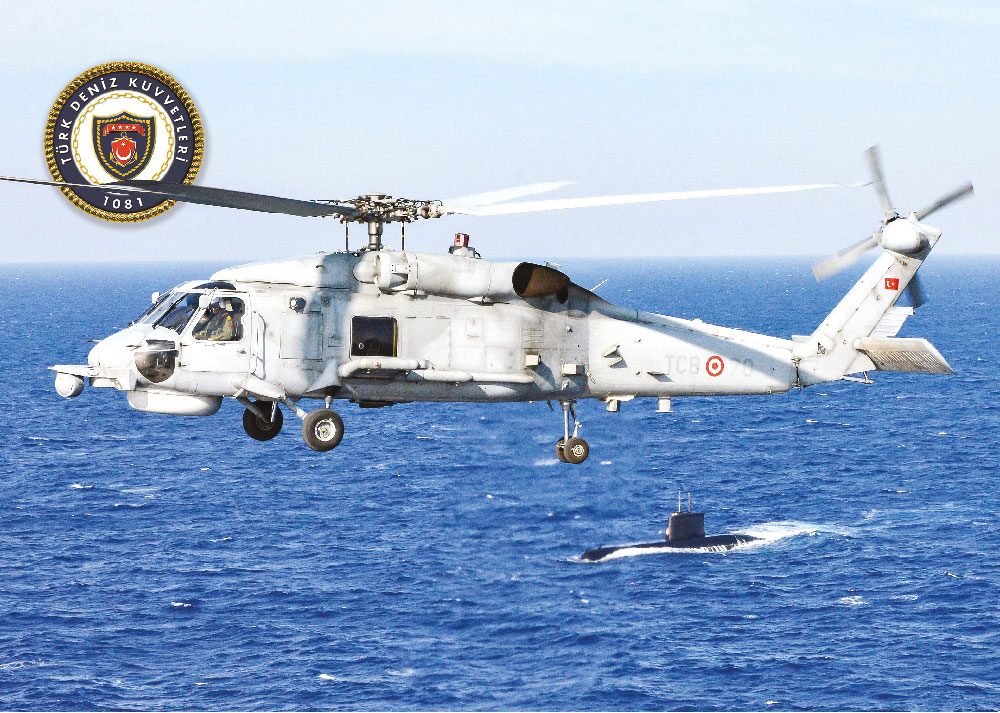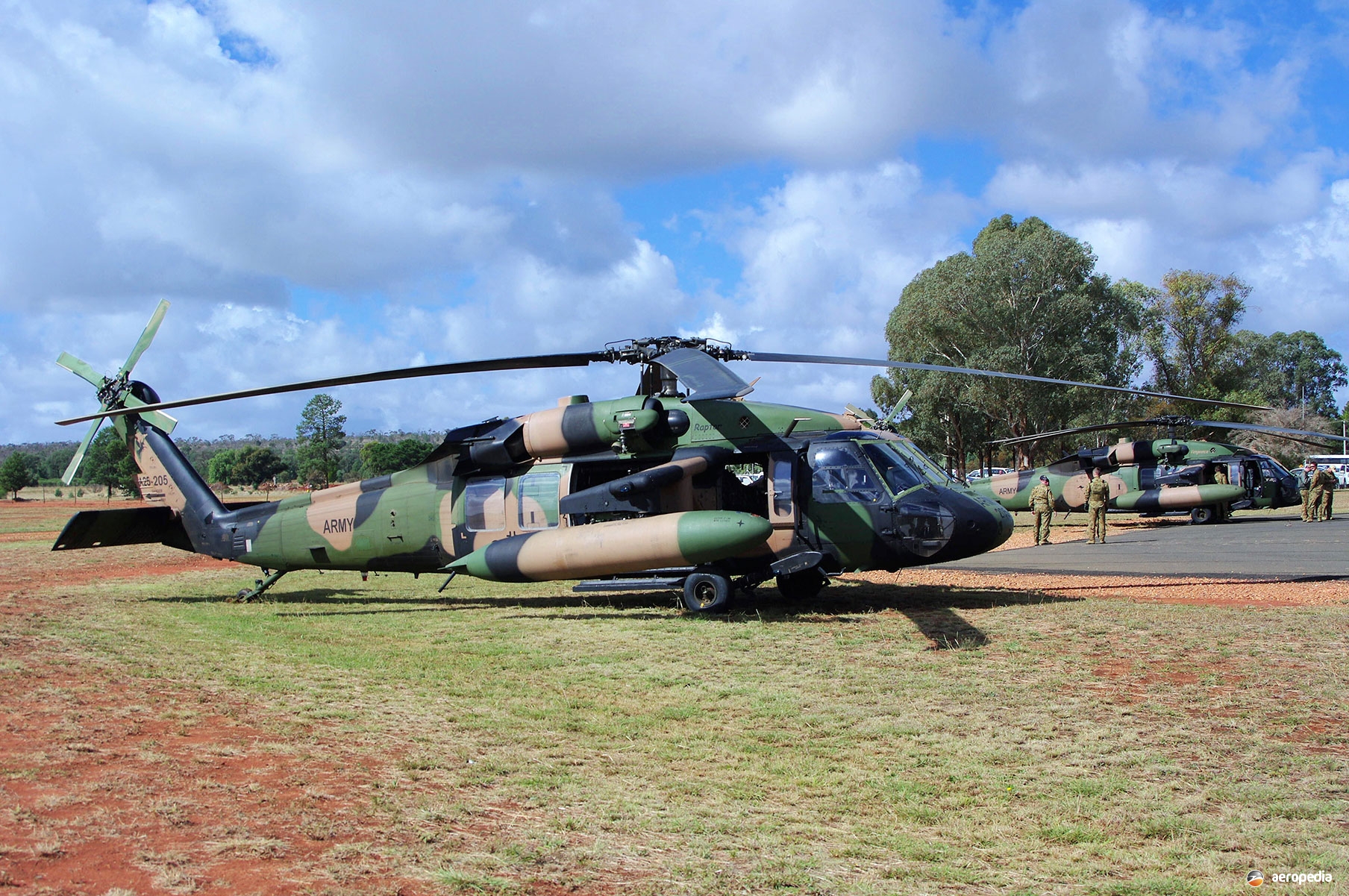Sikorsky S 70: Enhancing Helicopter Performance and Adaptability
Sikorsky S 70: Enhancing Helicopter Performance and Adaptability
Blog Article
Rotary-Wing Aircraft Offering Superior Durability and Accuracy Design
In the realm of aviation, rotary-wing airplane have long been acknowledged for their distinct capacities in various operational settings. From military missions to noncombatant applications, the advancement of rotary-wing modern technology has led the means for equipments that use exceptional resilience and precision engineering. Via innovations in materials and building methods, paired with advanced trip control systems, these airplanes have become indispensable devices for jobs that require both robustness and accuracy. As we discover the elaborate balance between innovation and integrity in rotary-wing aircraft, it becomes noticeable that the convergence of cutting-edge innovation and proven style principles has set a brand-new standard for efficiency and efficiency in the aerospace market.
Advancement of Rotary-Wing Technology
Throughout the background of aeronautics, the evolution of rotary-wing technology has been a testament to regular development and development in aerial engineering. From the early days of upright trip with simple designs to the sophisticated helicopters and other rotary-wing airplane these days, the progression in this area has actually been remarkable.
In the very early 1900s, pioneers like Igor Sikorsky and Juan de la Cierva made substantial strides in rotary-wing modern technology. Sikorsky's VS-300 helicopter, initial flown in 1939, marked a turning point in the development of practical rotary-wing airplane. This success led the way for additional innovations in upright trip capabilities.

Today, rotary-wing aircraft play critical functions in various fields, including armed forces procedures, emergency situation clinical solutions, regulation enforcement, and business transportation. The evolution of rotary-wing technology remains to press the borders of what is possible in vertical trip, ensuring that these aircraft continue to be important possessions in the air travel sector.
Materials and Construction Innovations
Demonstrating a combination of advanced products and exact building and construction strategies, rotary-wing airplane have undergone considerable innovations in longevity and efficiency. One of the crucial developments in products utilized for rotary-wing airplane is the raising usage of composite products.
Moreover, the combination of advanced finishings and surface treatments has played an essential duty in improving the durability of rotary-wing aircraft. These layers supply security against deterioration, abrasion, and severe weather, prolonging the life-span of the aircraft and minimizing upkeep demands.
In terms of building and construction advancements, additive manufacturing, additionally understood as 3D printing, has actually revolutionized the manufacturing of complex elements for rotary-wing aircraft. This modern technology permits for fast prototyping and personalization, bring about much faster development cycles and decreased costs. In general, the continuous development of products and building techniques is driving the capacities and performance of rotary-wing airplane to new elevations.
Precision Trip Control Solution

The assimilation of GPS innovation better boosts the precision and reliability of these systems, enabling for specific navigation, waypoint tracking, and automated trip control. sikorsky s 70. This degree of precision not just boosts the safety of rotary-wing operations but additionally boosts general operational performance and goal performance
Additionally, the continual improvements in expert system and maker understanding have actually promoted the development of autonomous trip capabilities within Precision Flight Control Solution. This allows rotary-wing airplane to carry out intricate missions with unequaled accuracy and uniformity, making them indispensable assets in a wide array of applications, including military procedures, search and rescue missions, and airborne photography.
Sturdiness in Testing Settings
Sought after functional settings, rotary-wing airplane demonstrate outstanding strength and toughness, making sure optimal performance under difficult ecological problems. These airplanes are made to endure a vast array of ecological factors, including severe temperatures, high winds, and rough terrain, making them well-suited for different missions in diverse landscapes.
One essential element adding to the durability of rotary-wing airplane is their rugged construction. These aircraft are built using top quality materials and progressed engineering strategies to enhance their structural honesty and dependability. In addition, elements such as rotor blades, engine systems, and landing gear are diligently created to withstand the tensions and strains experienced throughout procedures in challenging settings.
Furthermore, rotary-wing aircraft are furnished with sophisticated onboard systems that check performance metrics in real-time, permitting for proactive maintenance and early detection of potential problems - sikorsky s 70. This proactive strategy aids protect against unforeseen failings and makes certain the continued airworthiness of the aircraft popular operational settings. Overall, the durability of rotary-wing aircraft in difficult environments is a testament to their premium engineering and layout, making them vital possessions for various mission-critical operations
Maintenance and Dependability Specifications
The adherence to rigid maintenance and dependability criteria is vital in guaranteeing the optimal efficiency and safety and security of rotary-wing airplane. Routine maintenance checks, carried out by licensed professionals, are necessary to identify and resolve any kind of potential concerns before they compromise the aircraft's capability. These checks incorporate a detailed examination of all critical components, including the engine, rotor system, avionics, and hydraulic systems, to ensure that they are in prime working condition.
Additionally, adherence to scheduled upkeep intervals in conformity with supplier guidelines is critical for maintaining the airplane's integrity. This aggressive approach aids prevent unforeseen failures and use this link makes sure that the airplane continues to be airworthy for its intended missions. In addition, the application of durable integrity requirements, such as regular element testing and substitute based upon fixed lifecycles, even more boosts the aircraft's dependability.
Final Thought

To conclude, the innovations in rotary-wing aircraft modern technology have actually resulted in premium durability and accuracy design. With cutting-edge products and building and construction methods, in addition to precision flight control systems, these aircraft can operate in challenging settings with boosted integrity. The maintenance and read here reliability requirements guarantee that these rotary-wing aircraft remain to perform at their ideal, making them essential properties for different industries.
Demonstrating a blend of cutting-edge materials and specific building strategies, rotary-wing aircraft have undergone significant improvements in toughness and performance. One of the key innovations in products utilized for rotary-wing airplane is the boosting utilization of composite materials.With precise focus to information and advanced technological assimilation, rotary-wing airplane have actually accepted Precision Trip Control Systems as a cornerstone of their functional quality. Generally, the durability of rotary-wing aircraft in difficult atmospheres is a testimony to their exceptional design and design, making them vital possessions for different mission-critical procedures.
In verdict, the innovations in rotary-wing aircraft modern technology have actually led to exceptional toughness and precision engineering.
Report this page